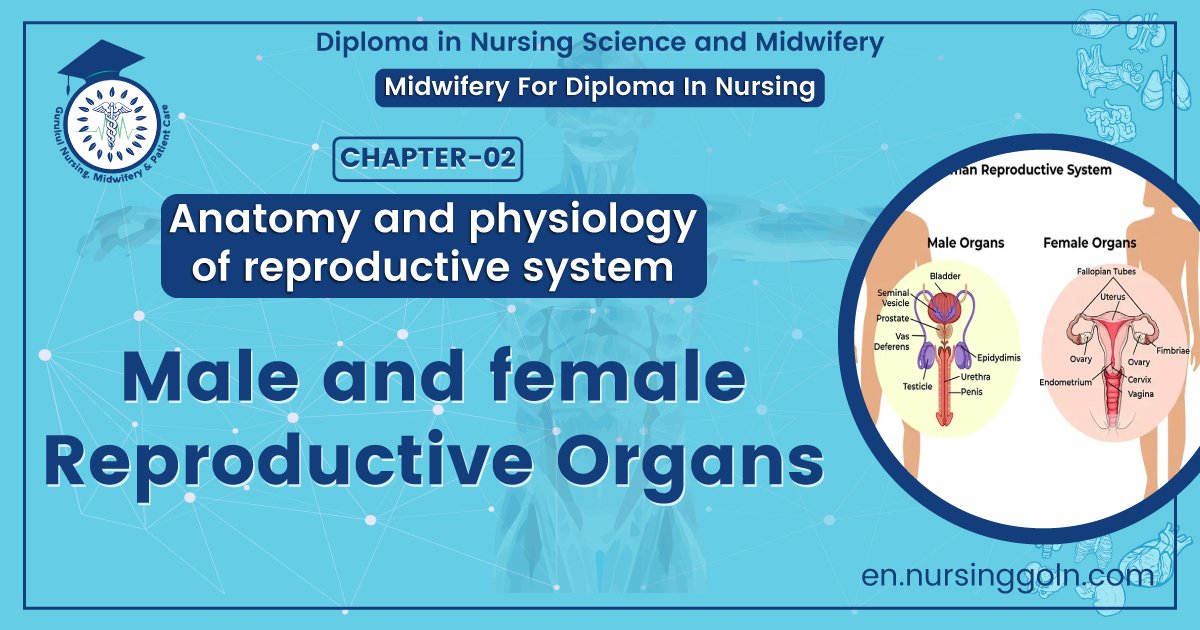Male and female Reproductive organs – This course is designed to understand the care of pregnant women and newborn: antenatal, intra-natal and postnatal; breast feeding, family planning, newborn care and ethical issues, The aim of the course is to acquire knowledge and develop competencies regarding midwifery, complicated labour and newborn care including family planning.
Male and female Reproductive organs
Anatomy and physiology of pregnancy
Name the Reproductive organs:
Reproductive organs are divided into two groups. These are Male & Female.
Male reproductive organs-
1. Testis- 2 (to product sperm)
2. Epididymis – 2
3. Vas/ Ductus Defference – 2
4. Seminal vesicle – 3
5. Prostate – 1
6. Penis o – 1
It has three parts. These are –
– Root
– Body
– Glans Penis
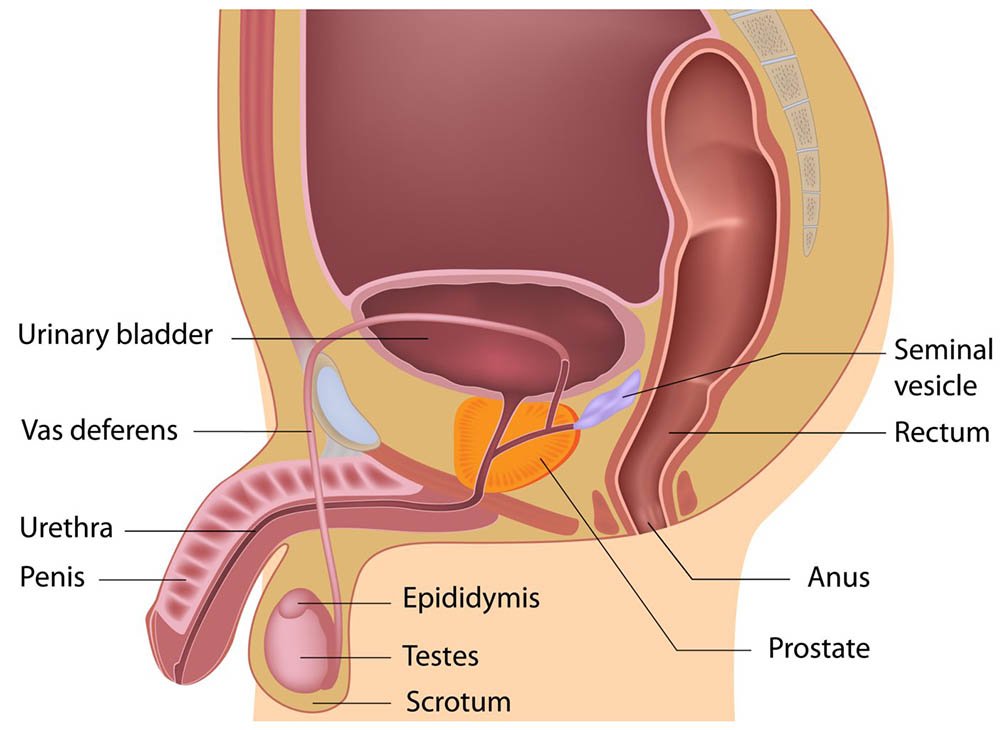
Figure: Male reproductive organs
Female reproductive organs
It has two parts. These are –
1. External organs
2. Internal organs
1. External organs-
a. Vulva-
- Mons pubis (Pubic hair area)
- Labia majora
- Labia Minora
- Vestibule
- Clitoris
- Vagina/Vaginal canal
b. Internal organs –
- Uterus – 1
- Ovary – 2
- Uterine /fallopian tubes – 2
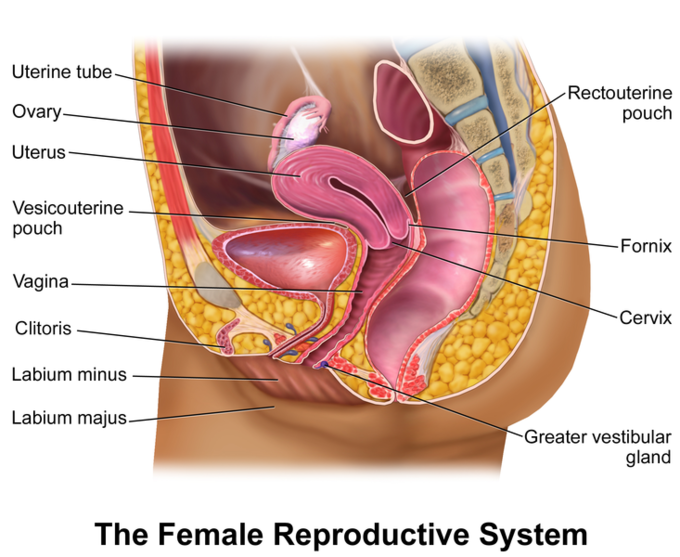
Figure: Female reproductive organs
[Ref-DMW, Lesson plan volume 1, Page 13-14]
Feniale hormones:
a. Hypothalamus:
- gonadotrophin releasing hormone
b. Anterior pituitary:
- FSH & LH-act on ovary
c. Ovary:
- oestrogen
- progesterone
Male hormones:
a. Hypothalamus: gonadotrophin releasing hormone
b. Anterior pituitary:
c. FSH acts on seminiferous tubules – sperm production
d. LH acts on interstitial cells which produce testosterone
e. testosterone – secondary sex characteristics
Uterus
Definition of uterus:
A hollow, pear-shaped organ that is located in a woman’s lower abdomen, between the bladder and the rectum. The narrow lower portion of the uterus is the cervix (the neck of the uterus).
or
The womb (uterus) is a hollow, pear-shaped organ located in a woman’s lower abdomen between the bladder and the rectum. The narrow, lower portion of the uterus is the cervix; the broader, upper part is the corpus.
or
The uterus, also known as the womb, is an interesting and complex organ that’s part of the reproductive structure of the female anatomy. This complex organ is quite small in size, actually comparable to the size of a pear.
Parts of uterus:
The uterus has 3 parts:
1. Fundus: Top of the uterus, above the entry point of the uterine tubes.
2. Body: Usual site for implantation of the blastocyst.
3. Cervix: Lower part of uterus linking it with the vagina. This part is structurally and functionally different to the rest of the uterus.
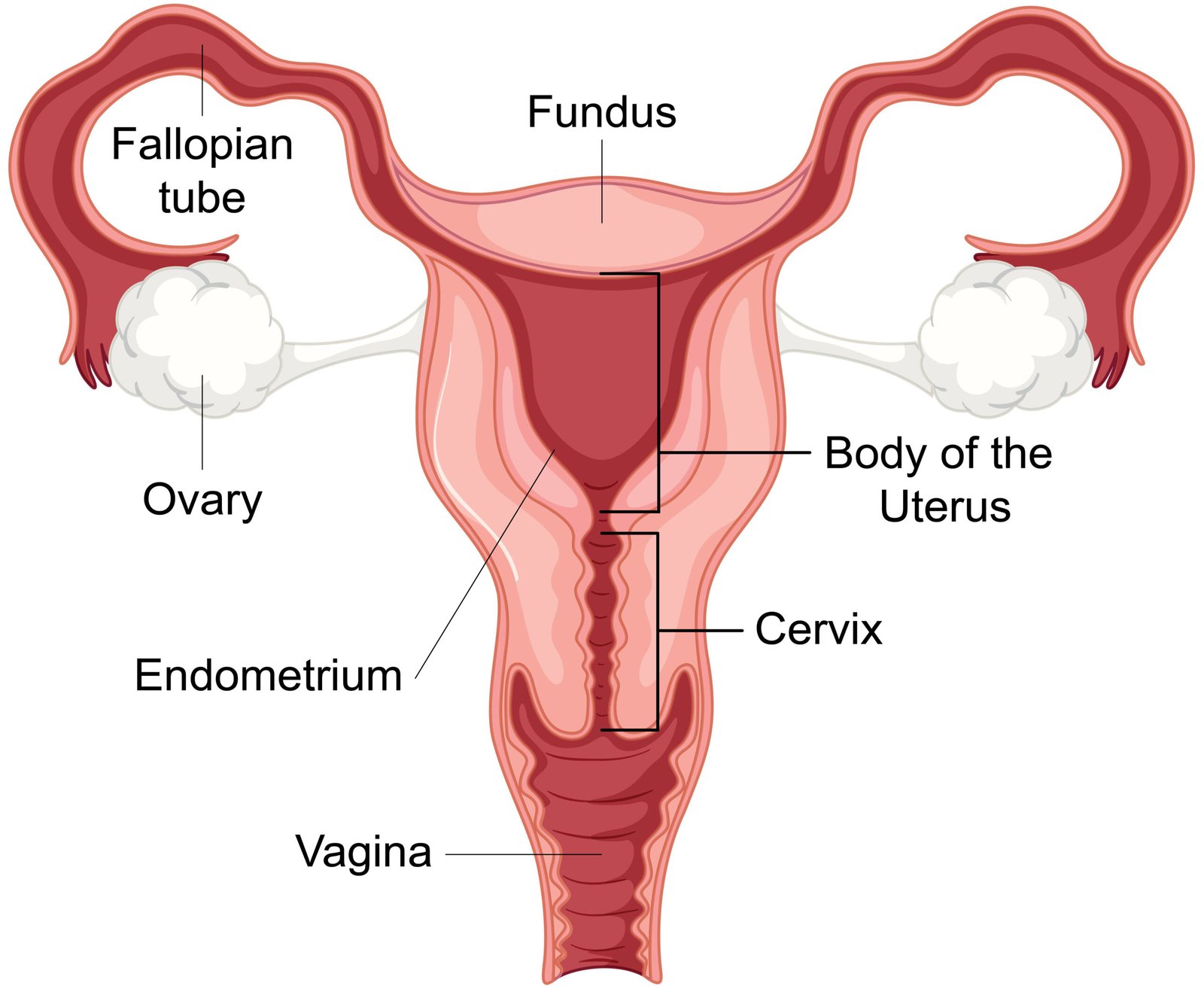
Figure: parts of uterus
[Ref-Anatomy and physiology/Dr. Tanvir]
Layers of uterus:
The anatomy of the uterus consists of the following 3 tissue layers (see the following image):
1. The inner layer, called the endometrium, is the most active layer and responds to cyclic ovarian hormone changes; the endometrium is highly specialized and is essential to menstrual and reproductive function
2. The middle layer, or myometrium, makes up most of the uterine volume and is the muscular layer, composed primarily of smooth muscle cells.
3. The outer layer of the uterus, the serosa or perimetrium, is a thin layer of tissue made of epithelial cells that envelop the uterus
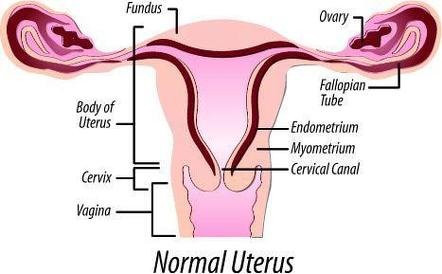
Figure: Layers of uterus
Functions of uterus:
1. Functions of the uterus include nurturing the fertilized ovum that develops into the fetus and holding it till the baby is mature enough for birth.
2. The uterus has several important functions in the body including multiple reproductive functions such as implantation, gestation, labor, delivery and menses.
3. The uterus also responds to hormones, directing the blood that flows towards the vagina.
4. The uterus is also designed so that its contracts make childbirth easier.
5. The uterus provides structural integrity and support to the bladder, bowel, pelvic bones and organs as well. It separates the bladder and the bowels.
6. The uterus is needed for uterine orgasm to occur.

Diseases involving the uterus:
There may be several pathologies and disease conditions involving the uterus. These include:
1. Uterine prolapse
2. Congenital abnormality of the uterus including congenital absence of the uterus Rokitansky Syndrome and others like Uterine Didelphys, bicornuate uterus and septate uterus
3. Benign or non-malignant tumors of the uterus or uterine fibroids
4. Adenomyosis
5. Cervix cancer
6. Cancer of the endometrium or uterine cancer
7. Pyometra infection of the uterus
8. Adhesions within the uterus or Asherman’s syndrome
[Ref-www.medical.net.com]
Read More….
